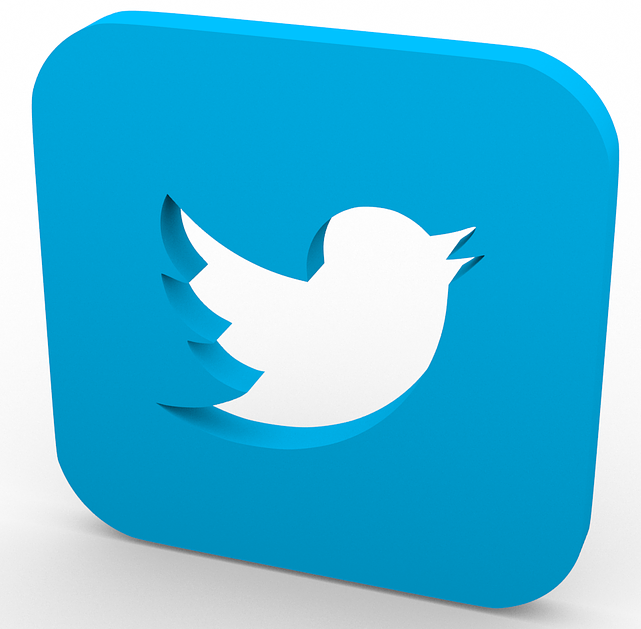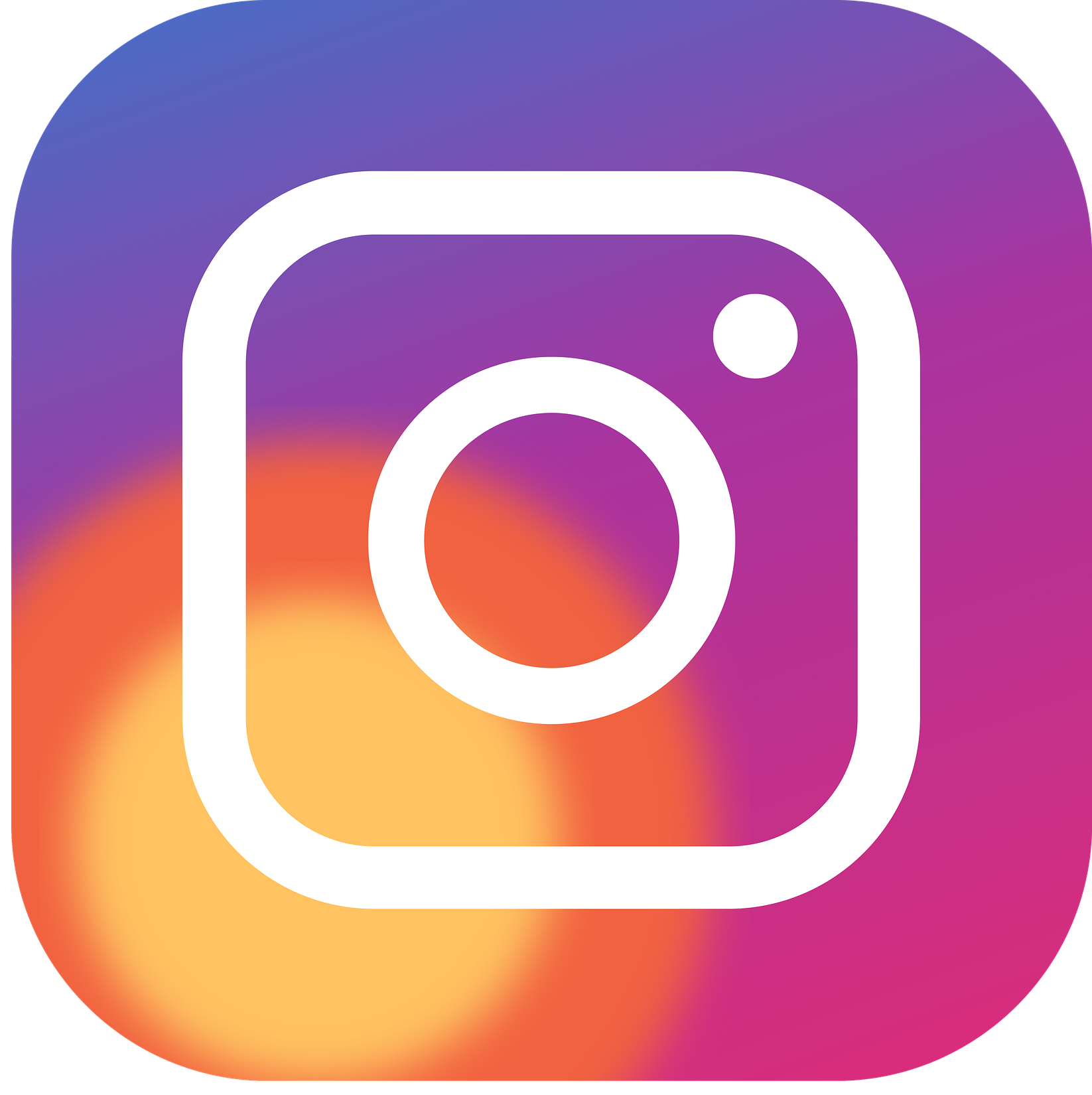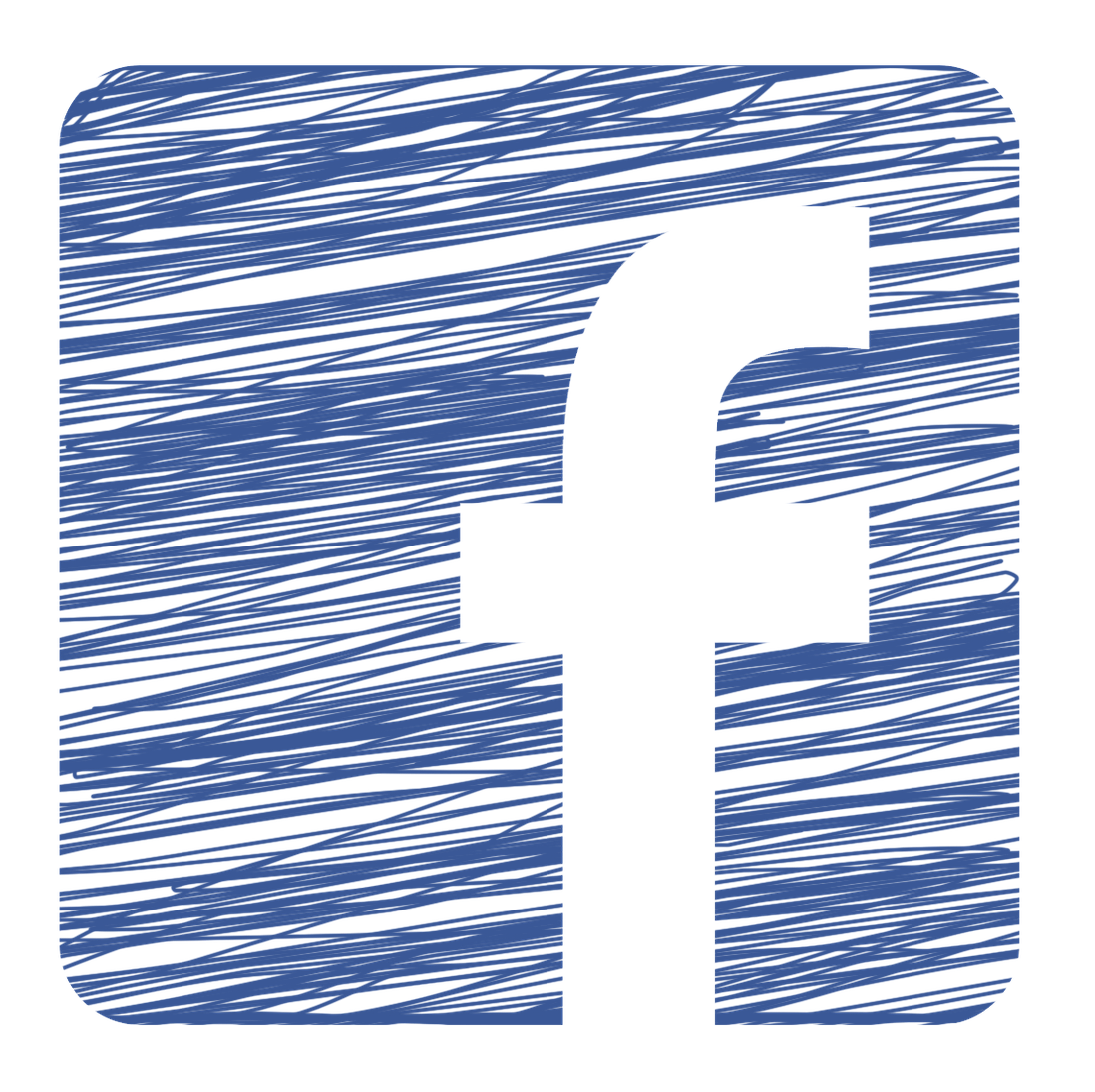The best social media platforms for social selling and how to use them
ReadyForSocial™ is the only all-in-one program that can power your entire sales team on social media. Contact us to get started!

Have you ever wondered what social media networks work best for social selling? Then you’re not alone. Marketers struggle with this question constantly. Surprisingly simple is the answer: The secret to success is to use all of them.
True, different social media platforms attract different audiences. Some, like LinkedIn, are more professional, while others, like Instagram and Twitter, attract a younger, more laid-back audience.
Still, all social media platforms can help you attract new clients through
excellent social selling. It’s just a question of knowing what strategies to utilize on which platforms, and how to reach a variety of audiences in the most efficient way.

When people think about social selling, the first platform that comes to mind is LinkedIn, which makes sense. It’s the platform on which you’re most likely to directly find new business, and the first social media platform to market itself to the corporate world.
LinkedIn is a great way to expand your company’s reach since just about every person in the business world has a LinkedIn page. It’s important to strike a balance between professional and personal as you curate your profile. List your accomplishments and what makes you stand out, and do so in your own voice with details specific to your own life and career. In a sea of hundreds of profiles that look just like yours at first glance, you need to emphasize why your set of skills and experience makes you uniquely qualified.
If you’re experienced in sales, marketing and branding, LinkedIn will come naturally to you. Setting up your LinkedIn profile isn’t all that different from setting up your company’s website or landing page – it’s just more personal. Pay attention to who is engaging with your content, and connect with and message anyone who seems interested. Additionally, improve your profile’s search engine optimization by including plenty of keywords about your industry and skills, so prospects are more likely to come across your page.

Twitter’s greatest strength is also one of its biggest challenges: brevity. With a 280-character limit, your tweets need to be eye-catching and memorable. Due to its short, snappy posts and informal culture, Twitter is also the most humor-centric social platform. If your marketing team is experienced with “Twitter culture” and knows how to speak its language, don’t be afraid to play into that. When every brand is taking to the platform, you need to personalize your pitches and ensure that people will remember your posts.
Still, don’t expect Twitter to be the platform where you make most of your deals. Instead, Twitter is a place to gain recognition and develop relationships with potential prospects. Search for specific keywords and @mentions of your business and your competitors. Then, when you notice questions related to sales and product assistance, jump into the conversation. Don’t immediately lead with a pitch. Instead, offer critical insights and encourage them to reach out to you with further questions. Presenting yourself as a helping hand rather than just a corporate seller makes you more likely to forge a connection now and close a deal later.
With more than one billion active users per day, Facebook provides opportunities to reach countless potential clients you would otherwise miss. It’s a great way to find your target audience, and even more so, to interact with current clients. By creating groups and event pages, you can interact with your clients and give them an opportunity to interact with one another and discuss their experiences.
Additionally, Facebook has a feature where you can purchase ads, and with almost three billion monthly users, these ads can generate an enormous reach for your company. About 69% of adults in the U.S. use Facebook, making it the most popular social media platform by a wide margin, with the exception of Youtube. This is particularly true for older demographics: People between the ages of 50 and 64 are more than twice as likely to use Facebook as they are to use Instagram or LinkedIn.

Too often, businesses perceive Instagram as an app that is only used by Generation Z and won’t serve their marketing strategy. This mindset, however, is a mistake that could cost you valuable prospects. In 2021, only 29.8% of Instagram’s users were under the age of 25, while 31.4% were between 25 and 34, and another 18.2% were between 35 and 44. These demographics likely comprise a significant portion of your audience, and Instagram is a great platform to reach them.
One of the benefits of Instagram is how aesthetically oriented it is. Rather than sites where written content should be your primary focus, Instagram is all about the visuals. It’s a great way to truly show your products, rather than just talk about them. In particular, the “story” feature on Instagram, which appears at the very top of the site, is a place for users to upload photos and videos to their profile for 24 hours. It’s a simple and accessible way to showcase what your company is currently
working on.
Stories are also intermittently broken up with ads, which can be a great asset if your company wants to expand its reach beyond just its own followers. A recent study showed that one in three users was more interested in using a brand or product after seeing it advertised on an Instagram story. Whether by posting on your own story or using paid ads, you can incorporate the “Swipe Up” feature within the story feature, allowing users to swipe up on the screen and be directed to your website.
Instagram users tend to be more comfortable with technology, encompassing the younger end of your target audience. Take some time to get comfortable with Instagram and to understand its unique features. These tools will increase your popularity and reach as long as you know how to use them.
Time to get started
No matter what platform you’re using, it’s crucial to curate a large following and to post often. Keep your followers engaged and ensure that your brand is at the forefront of their minds. Every social media network has different strengths and appeals to a slightly different audience. At the end of the day, though, your goal is the same: to forge the connections that will drive your company’s future success.
Photos by Erik_Lucatero, andgeralt, ElisaRiva, Mizter_X94 and Samuel1983 on Pixabay


